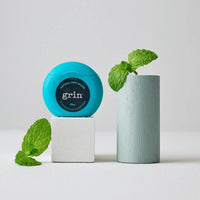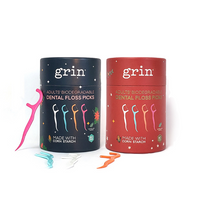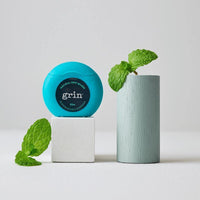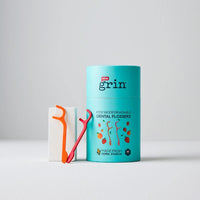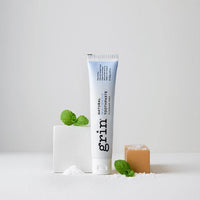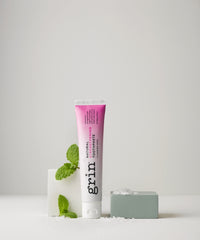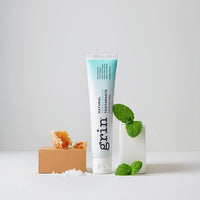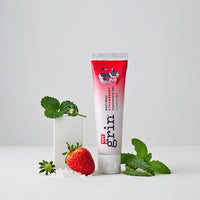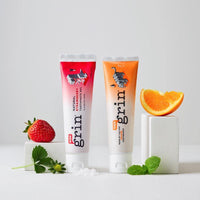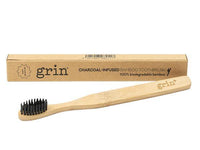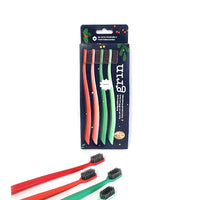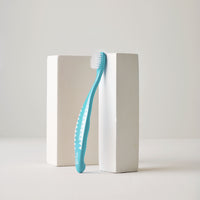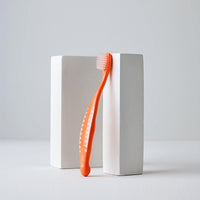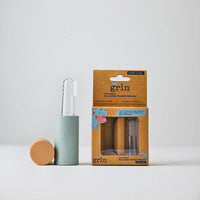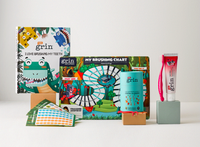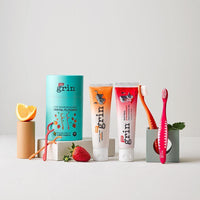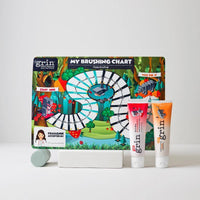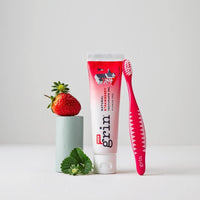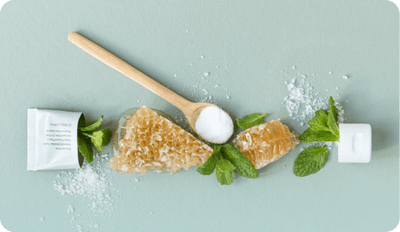How Can I Prevent Tooth Decay in My Child's Teeth?
Tooth decay, or dental cavities, exists worldwide and is one of the most common chronic diseases amongst children. Cavities develop when bacteria and sugar combine to form an acid.
There is much value in addressing tooth decay early on in children because there is a potential for developing a dental infection and associated pain if left untreated. According to research, children experiencing dental pain are more likely to miss school and perform at a lower level.

Fortunately, there are preventable measures that can be taken to reduce your child’s risk of developing cavities. Factors that can influence childhood tooth decay are: Oral hygiene, diet, time, and lifestyle. Let's talk a bit more about each one.
Oral Hygiene
Parents play a critical role in their child’s oral health and help set a positive example early on. As a parent to an infant, introduce oral hygiene practices even before the first tooth erupts.
Parents can help prevent their infant from developing cavities at a young age by assisting with daily oral hygiene practices, for example:
- Wipe your infant’s newly developed teeth and gums with a wet towel or finger-brush to remove any oral bacteria, especially after feeding;
- Once teeth are present, introduce circular and gumline tooth brushing twice daily;
- Assist with brushing until your child is roughly nine years old;
- As teeth begin to touch, introduce flossing;
- Consider preventive dental services such as dental sealants;
Diet
As your infant grows into the toddler stage, diet becomes an even more crucial role in cavity prevention for your child. If your child is exposed to sugar throughout the day, there is a greater chance for them to develop a cavity (or cavities). Limit complex carbohydrates and simple sugars to special occasions or at least mealtimes. Remember, as sugar interacts with oral bacteria, an acid forms. This acid can lead to the breakdown of tooth enamel. The result can be tooth decay. Also, be mindful of the consistency of foods your child eats. Sticky foods tend to stay around longer and have a greater potential to lead to cavities.

A diet high in complex carbohydrates and sugars is more likely to result in childhood cavities, especially when plaque is present.
- Avoid gummy snacks and dried fruits as much as possible;
- Consider chewable vitamins over gummy vitamins;
- Refrain from a high-sugar diet;
- Encourage drinking fluoridated water throughout the day;
- Offer fresh fruits and vegetables as snacks between meals over simple; carbohydrates such as cookies, crackers, and chips;
Time
Timing and frequency are two important factors in tooth decay, especially when it comes to diet.
- Limit fruit juices or other sweetened beverages to mealtimes;
- Avoid fruit juices under age one;
- Limit juice consumption to 4-6 ounces daily for children over age one;
- Avoid sipping on beverages with added sugars throughout the day;
- Provide only water in your child’s training or a sippy cup;
- Never allow your child to fall asleep with a bottle or cup unless it is filled with water;
- Do not leave tooth decay untreated;
Lifestyle Habits
Your child’s lifestyle plays a large role in their risk of developing cavities.
- Introduce training cups around six months old;
- Begin transitioning from bottle to cup around 12 months old;
- Establish a dental home by the first birthday, or six months after the first tooth erupts;
Another lifestyle factor to consider when discussing childhood tooth decay is parental modeling. Children like to mimic their parents. You can set an example by allowing your child to watch you brush and floss and see you choose to eat a balanced diet, including drinking plenty of water.

One way to encourage good dental health in your home is by implementing SMART lifestyle goals. Here are examples of how to set SMART lifestyle goals at home with your child:
- Specific: Brush two times a day for two minutes;
- Measurable: Reduce juice consumption from six ounces to four ounces. Learn how to use a training cup by age one;
- Attainable: Drink fluoridated water between meals;
- Relevant: Assist with brushing until your child is about nine years of age. Begin flossing once the teeth are touching;
- Timely: Schedule your child’s dental exam by age one and every six months following their initial visit;
Remember, you are your child’s advocate for good oral health. Let’s reduce the rate of childhood decay by not only serving as an example to our little ones but by considering the above factors in our day-to-day life.
About the author: Kristen Cockrell, MS, RDH
Kristen Cockrell is a mother to two boys and a Registered Dental Hygienist with a passion for preventive pediatric dentistry and oral health education. Kristen recently completed a master’s degree in dental hygiene education at the University of North Carolina at Chapel Hill.
Photo credits to our beautiful Grin mama @mikayla.isabelle

